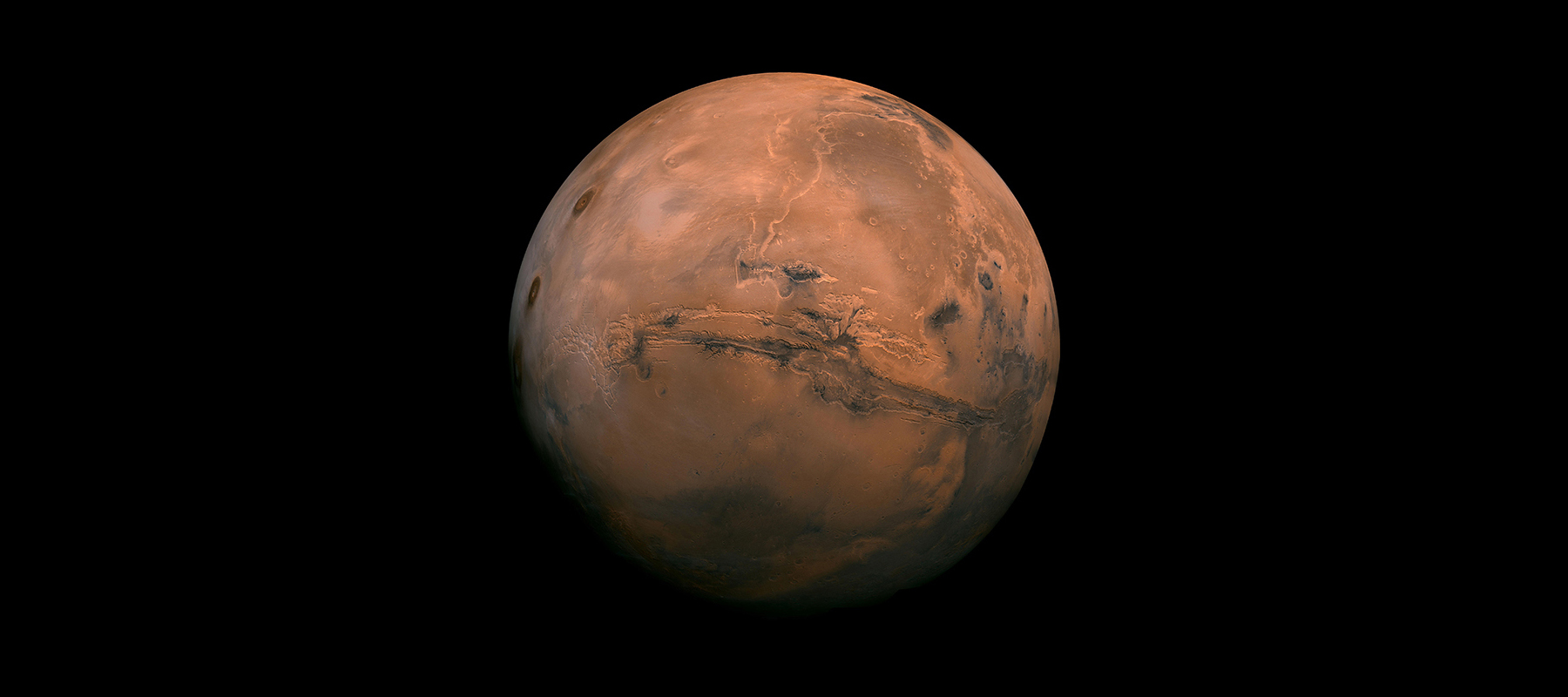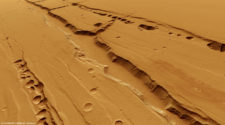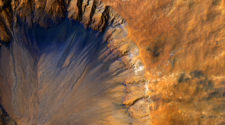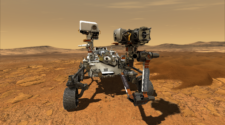For more than 4,000 years, humans have been gazing upward at Mars. It was only in the past 60 years though that we’ve been able to study the Red Planet in much greater detail with the steady launch of missions to orbit and land upon the planet. Now it is your turn to test your knowledge with this Mars quiz. This edition of QuizMe contains 15 questions about the Red Planet, its moons, and exploration missions to it.
After you’ve finished this quiz, feel free to check out our Mars Exploration Crossword and Mars Word Search puzzles too.
Results
Congratulations. Are you already studying to become a Mars colonist?
Keep on learning and perhaps you can be the first human to step foot on Mars in the future.

#1. Mars is named after which Roman god?
Mars is the Roman god of Love. The Romans had named this planet “Mars” mainly because of its reddish color which was reminiscent of blood and war. Interestingly, Mars’s moon – Phobos and Deimos – were named after a Roman myth where Mars, the god of war, was riding a chariot pulled by two horses named Phobos and Deimos.
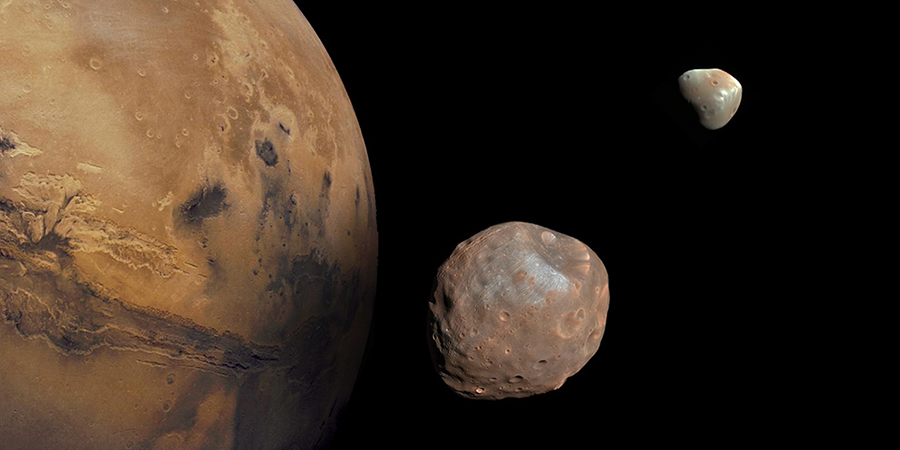
#2. What are the names of Mars’ two moons?
Phobos and Deimos are two moons of Mars. However, they are much smaller than our moon at only 22.2 km and 12.6 km in diameter respectively. Phobos and Deimos were named after two mythological creatures meaning panic/fear and terror/dread. Oberon and Titania are moons on Uranus and Callisto is a moon on Jupiter.
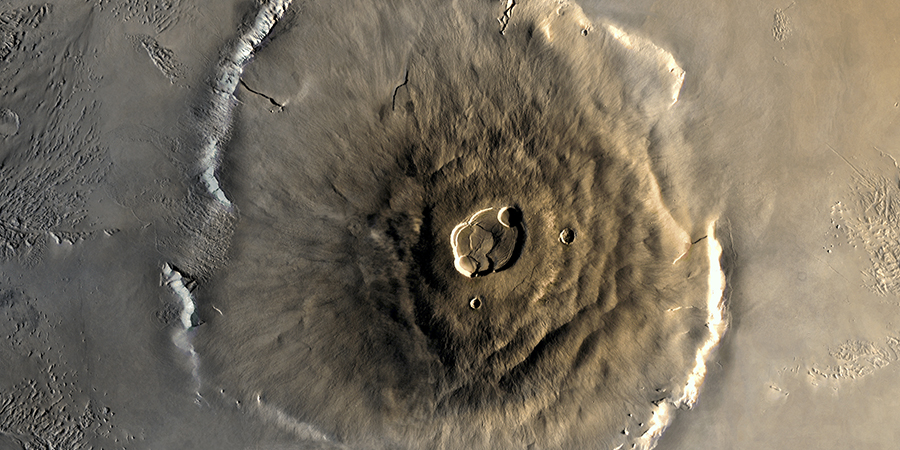
#3. True or False: Olympus Mons on Mars is 5 times taller than Mount Everest on Earth?
Olympus Mons is only about 2.5 times the height of Mount Everest. In fact, Olympus Mons is about 25 km high while Mount Everest is only about 9 km high. Even though the hotspot below Olympus Mons cooled down, Olympus Mons still holds the record of the largest volcano in the solar system.
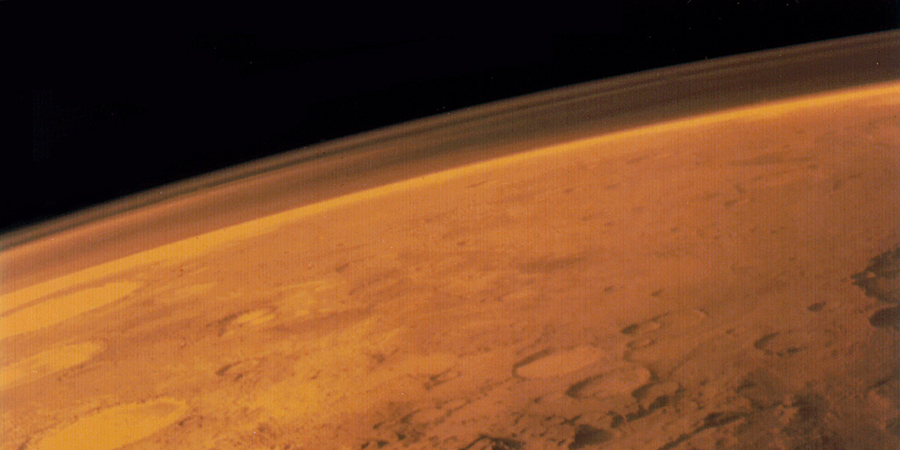
#4. What are the main constituents of Mars’s atmosphere?
Carbon Dioxide and Nitrogen are the main constituents of Mars’s atmosphere. Carbon Dioxide accounts for 96% of the planet’s atmosphere while Nitrogen accounts for 1.9% of the planet’s atmosphere. Nevertheless, the atmosphere of Mars is still much thinner than the atmosphere of Earth.
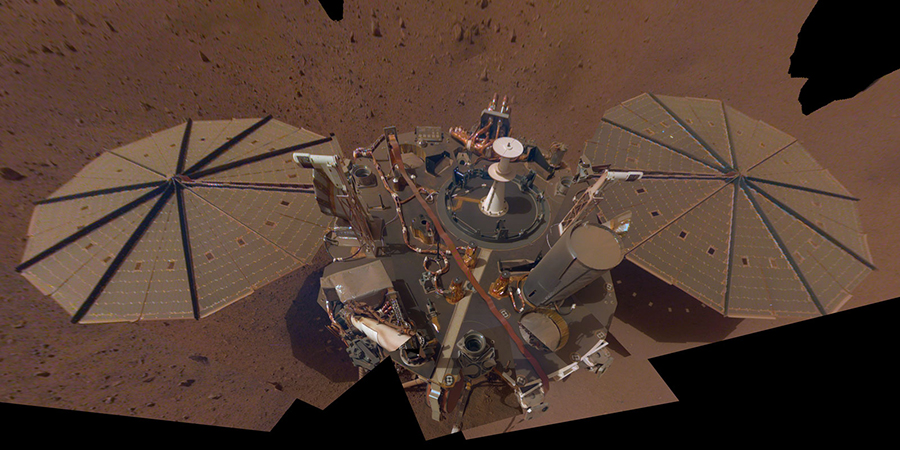
#5. How many successful missions have been sent to Mars? (As of July 2020)
Out of the 56 total Mars missions to this date, only 26 of them were successful. In general, missions to Mars have always been a very difficult task. The missions to Mars started back in the 1960s and they still continue to this day. However, they still come with great risk and uncertainty.
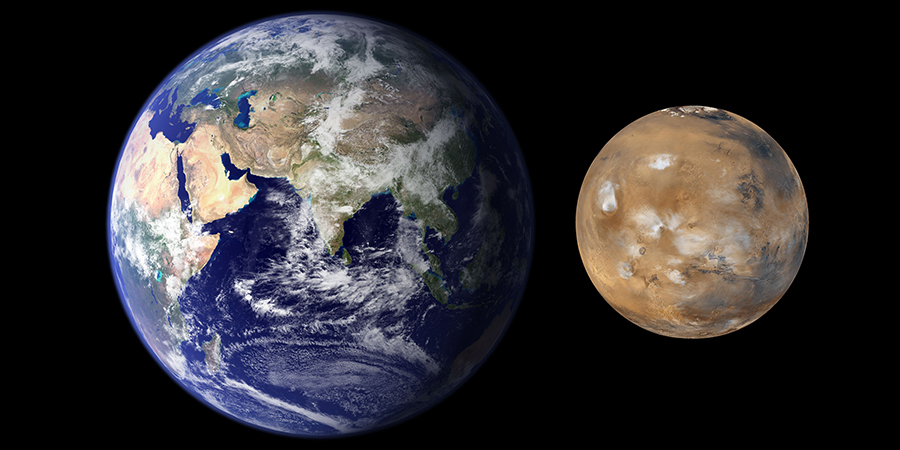
#6. True or False: It would take over six Mars to fill up the volume of Earth?
This statement is true. The volume of Mars is roughly equal to the volume of 0.151 Earths. Therefore, you could easily fit a little more than six Mars into one Earth. In comparison, the diameter or Mars is 6779 km while the diameter of Earth is 12742 km.
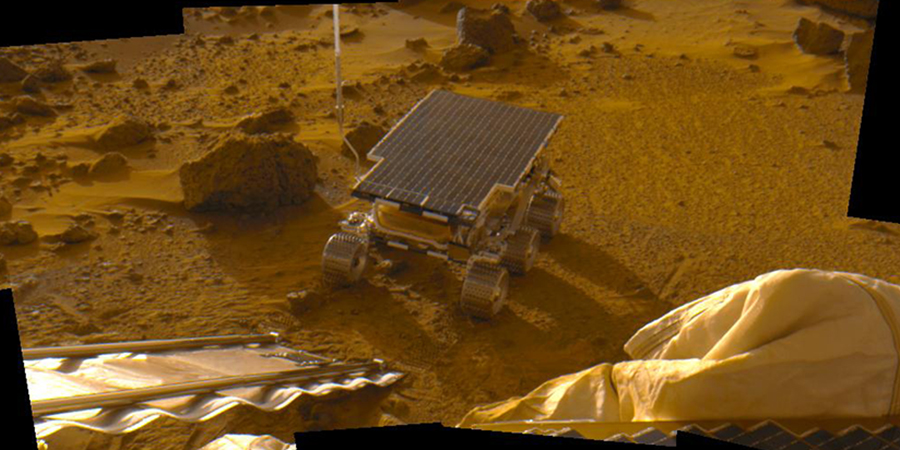
#7. Which of the following was the first rover to land on Mars?
Sojourner, named after a women’s rights activist, was the first wheeled vehicle to be deployed on Mars. This was the first step taken for more detailed observations on the surface of Mars. The rover had landed on July 4th of 1997 in the Ares Vallis region of Mars.
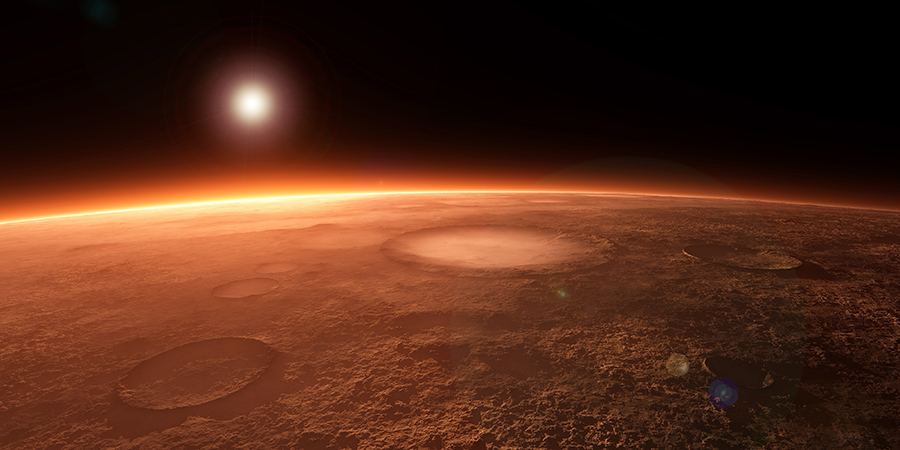
#8. How long does it take Mars to complete one orbit of the Sun?
The orbital period of Mars is 687 days which is just shy of two Earth years. This is mainly due to the fact that the orbital radius of mars and its distance from the sun is much greater than those of Earth. This is why the seasons on Mars last roughly six months compared to the seasons on Earth which only last three months.
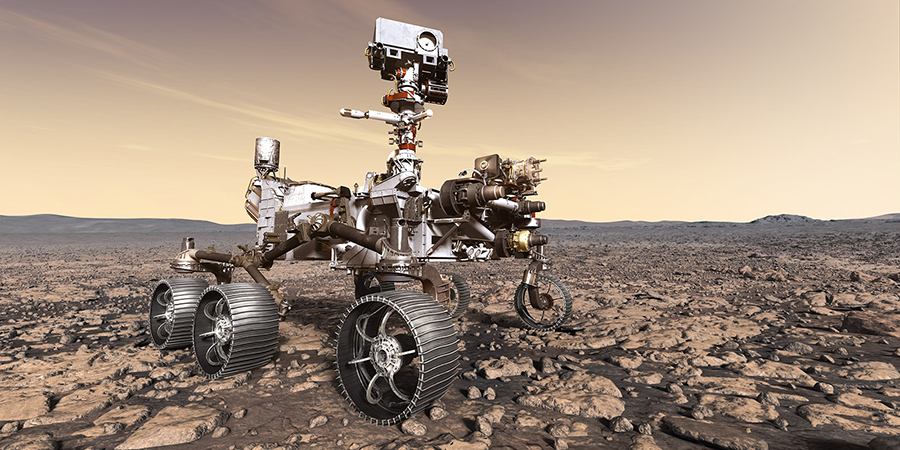
#9. What is the name of NASA’s newest Martian rover set to be launched in 2020?
Perseverance is the name of the Martian rover that is set to be launched from Earth in July 2020. It is expected to touch down on Mars on February 2021 near the Jezero crater. Ingenuity will also be launched at this time, but it is a small robotic helicopter. Endurance and Persistence were not real Mars rover launched.
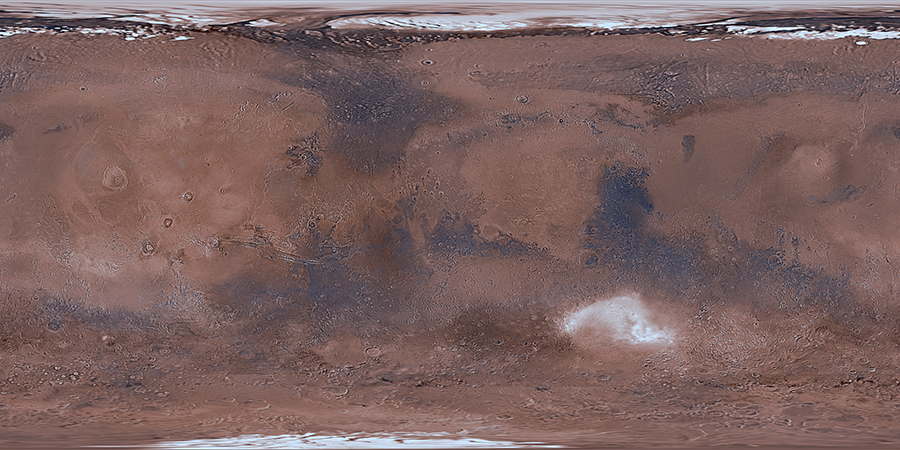
#10. Which of the following is not a location on Mars?
The Tharsis Rise, Elysium Mons and Argyre Basin are all geographical locations on the Martian surface. However, the Valles Vikings does not exist. There is Valles Marineris though which is a system of canyons that run along the Tharsis Region. This region is also home to some of the largest canyons in the solar system.
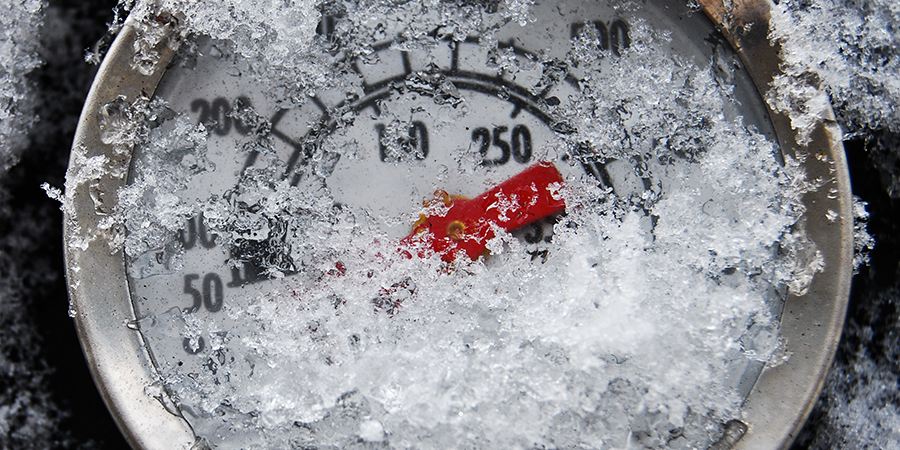
#11. What is the average temperature on Mars?
The average temperature throughout the surface of Mars is -63 oC which is quite low when compared to the average temperature on the surface of Earth at 14 oC. The temperatures on the surface of Mars can reach a high of 20 oC in the Summer near the equator and -150 oC in the Winter near the poles.
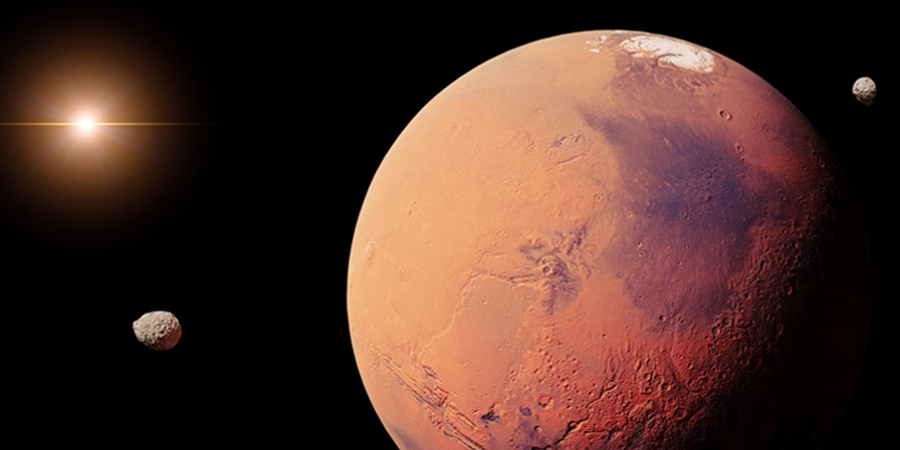
#12. How far is Mars from the Sun?
Mars is approximately 228 million kilometers from the sun which is one and a half times the distance from Earth to the sun. This is roughly equal to 1.5 AU (astronomical units). Based on this distance, it takes around 13 minutes for light to travel from the sun to Mars.
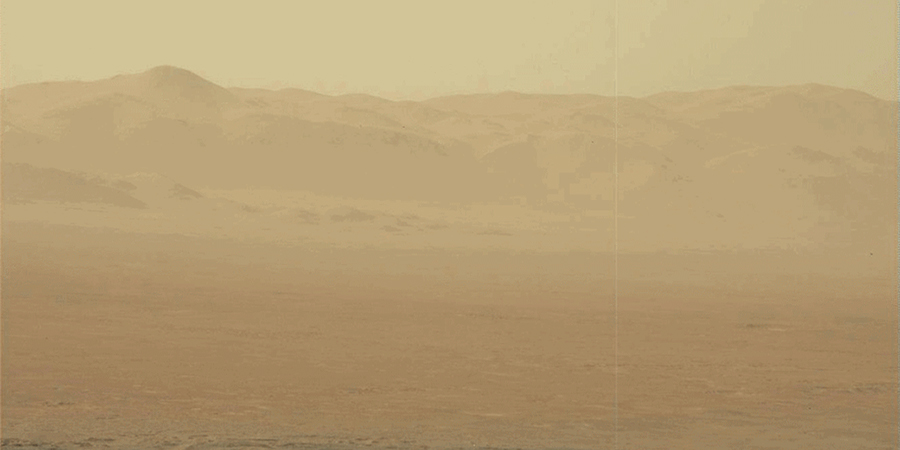
#13. True or False: Mars is home to the largest dust storms in the solar system?
That statement is true. Due to large amount of fine dust particles and necessary atmospheric conditions for wind, dust storms are fairly common on Mars. However, these dust storms are intense which can reach upwards to 110 kmh and last for a couple od days. Sometimes, the dust storms are so intense that they can cover the entire planet for weeks.
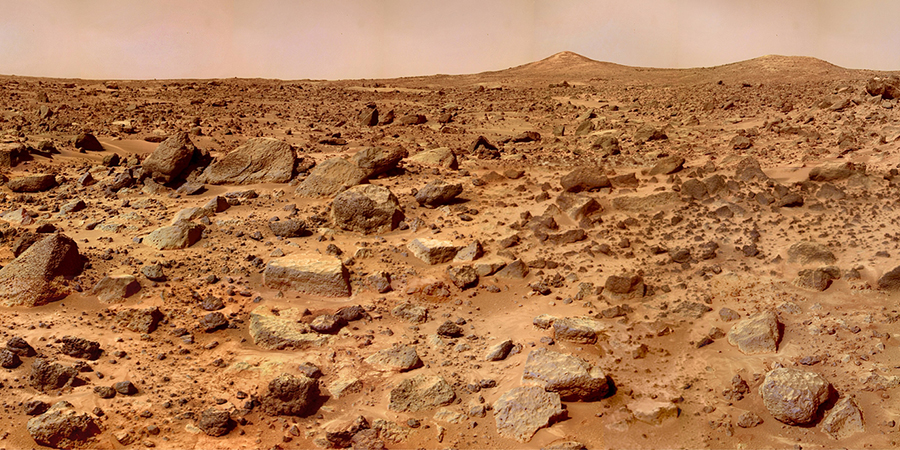
#14. True or False: Martian sunsets are red in color?
Although the Martian daytime sky is red, their sunsets are quite different. In fact, the blue Martian sunsets actually originate from the fact that the blue light penetrates the atmosphere slightly more efficiently. Unlike the bright and vivid sunsets on Earth, the sunsets on Mars are dull and somber.
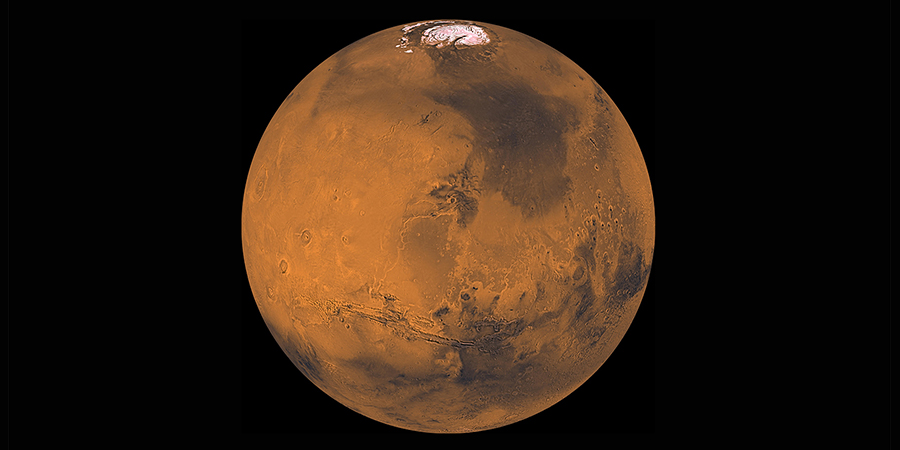
#15. Fill in the blank: Mars is the _____ smallest planet in our solar system?
Mars is the second smallest planet in our solar system followed by Mercury, and it is fourth in order from the sun. It is the farthest rocky planet from the Sun and comes right before the asteroid belt. Mars has a volume of 1.6 x 1011 km3 which is roughly equal to 0.151 Earths.

